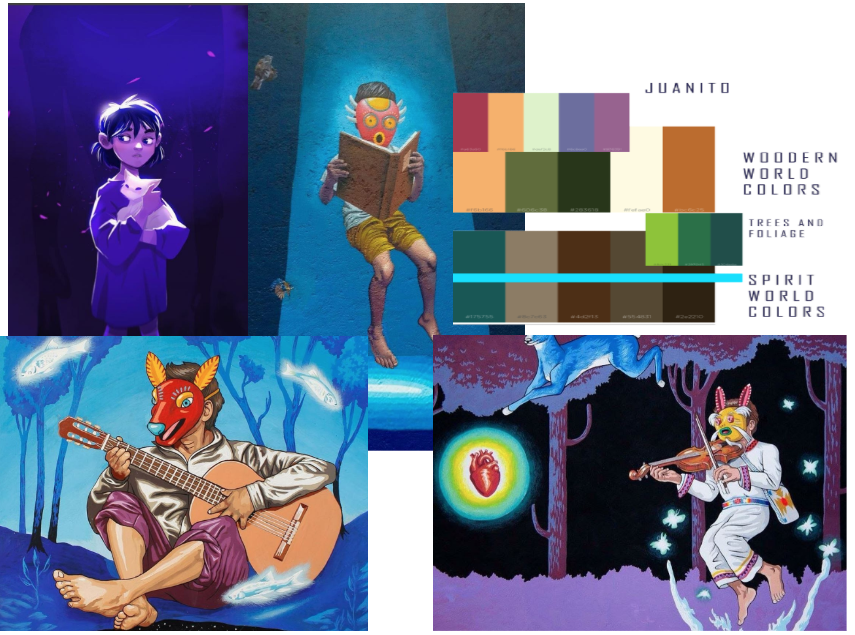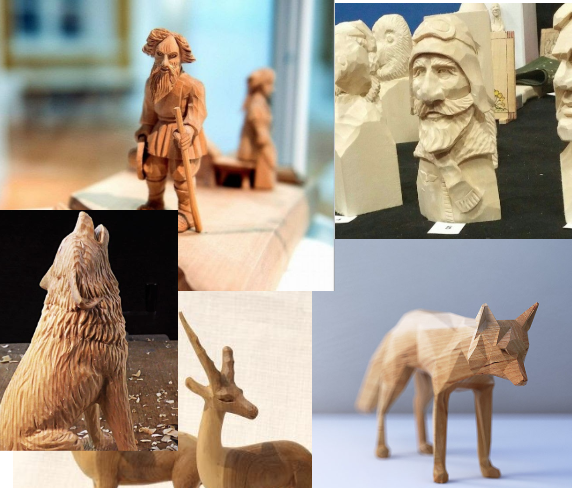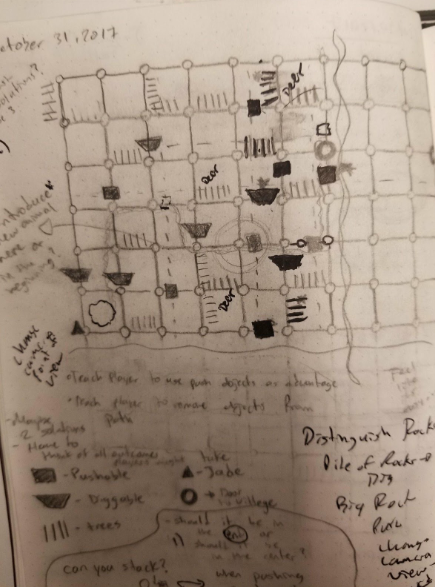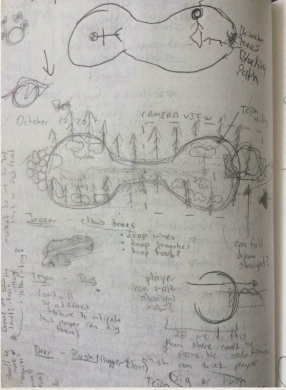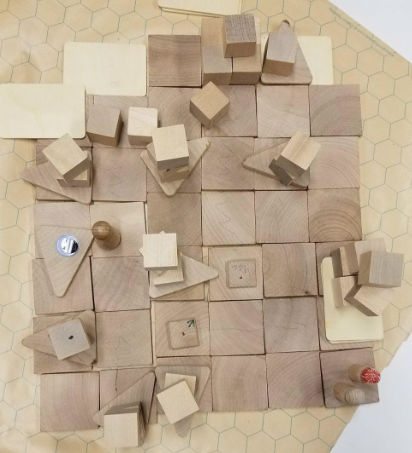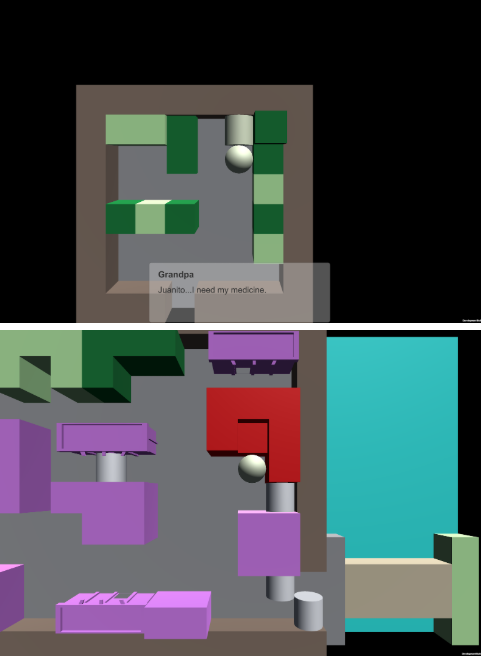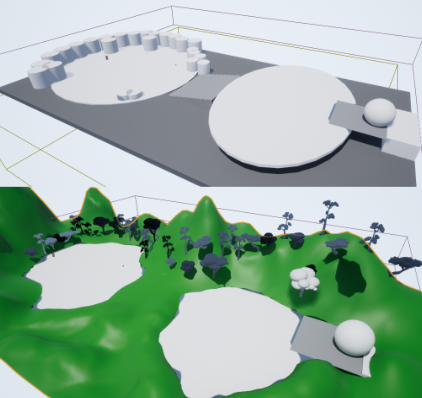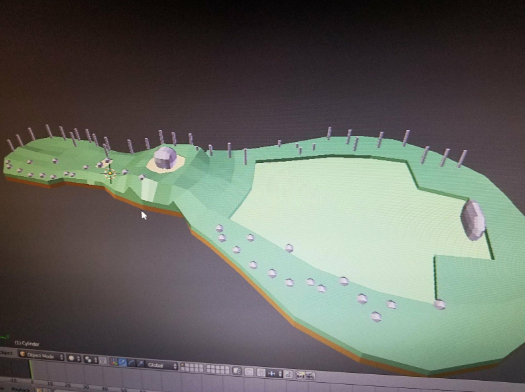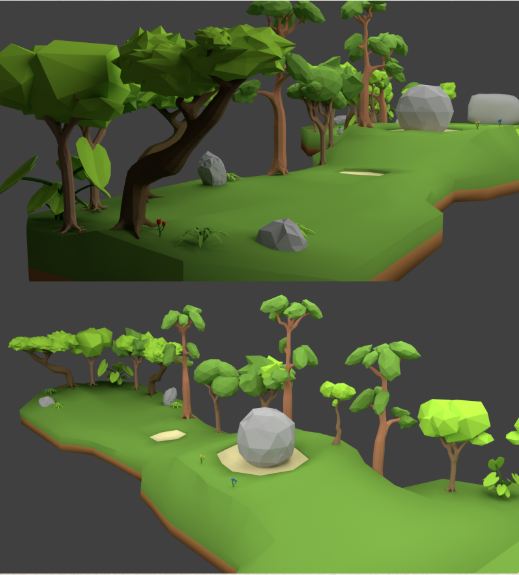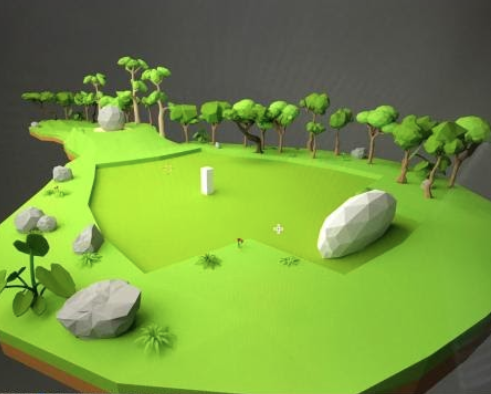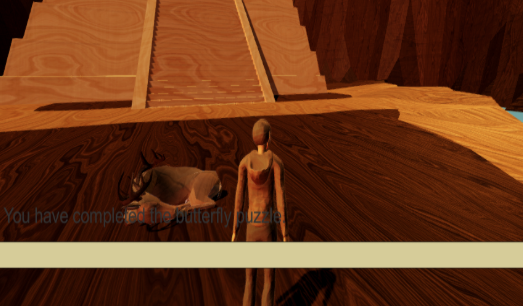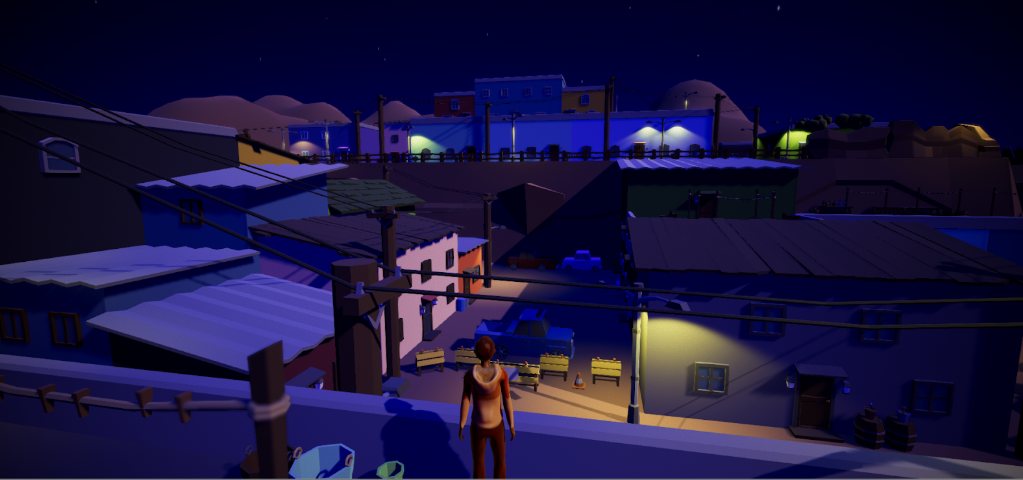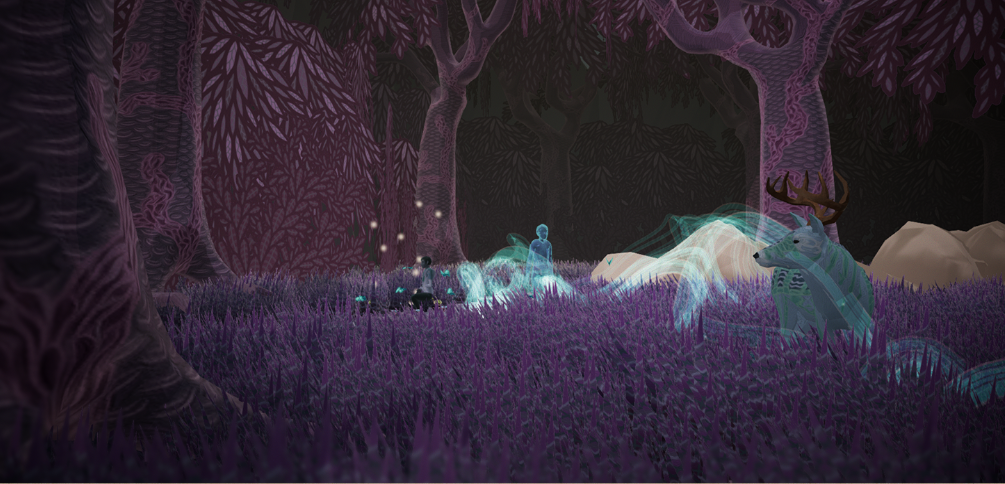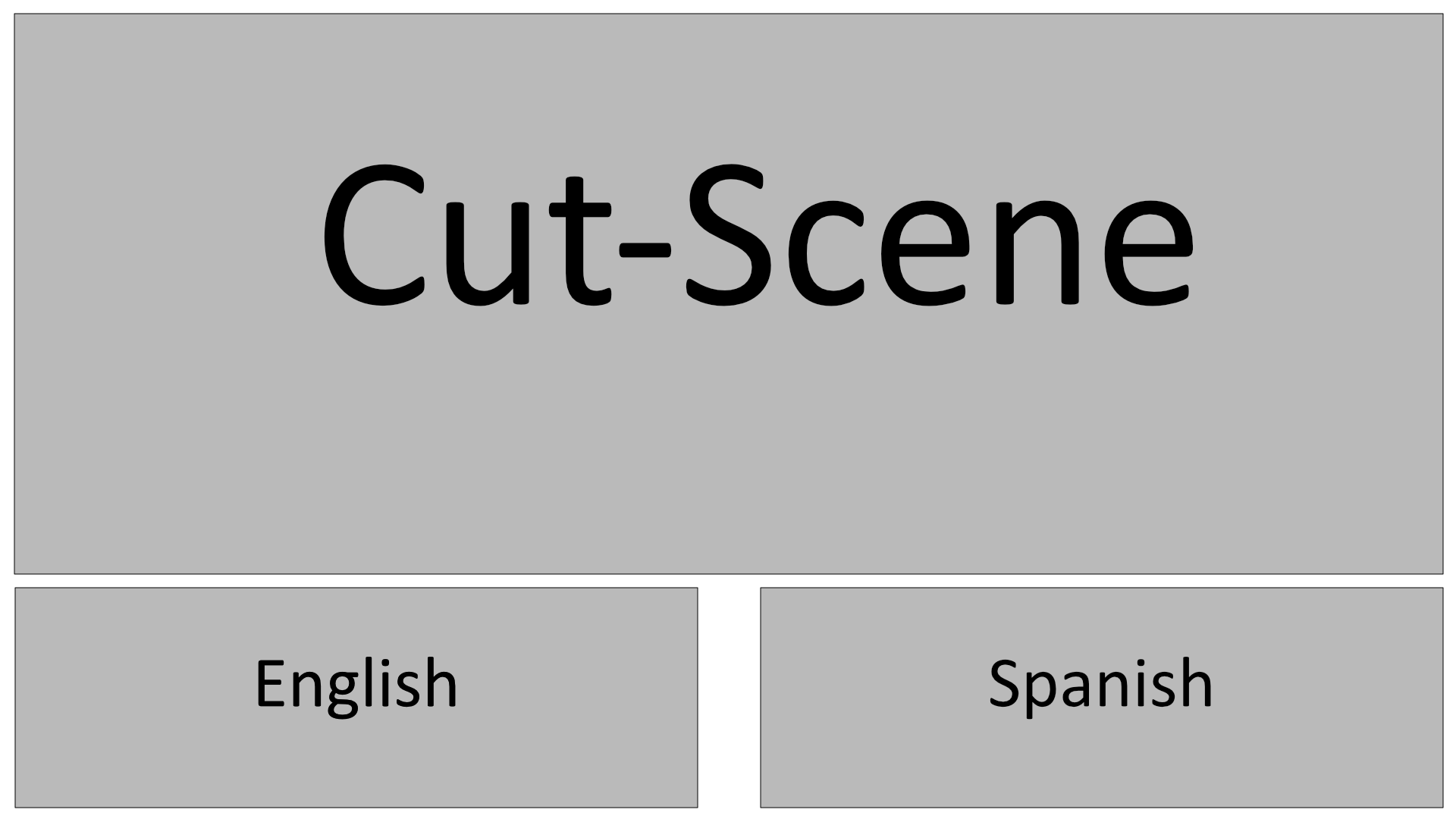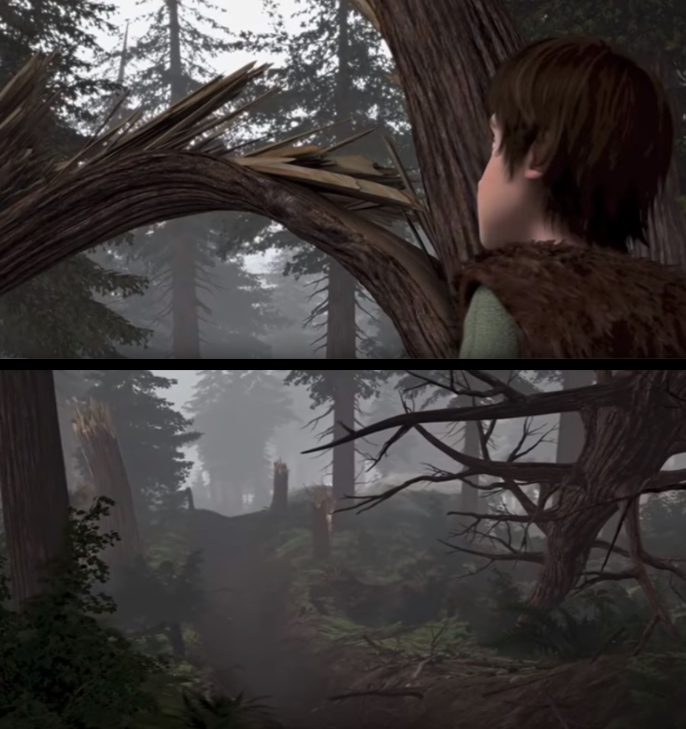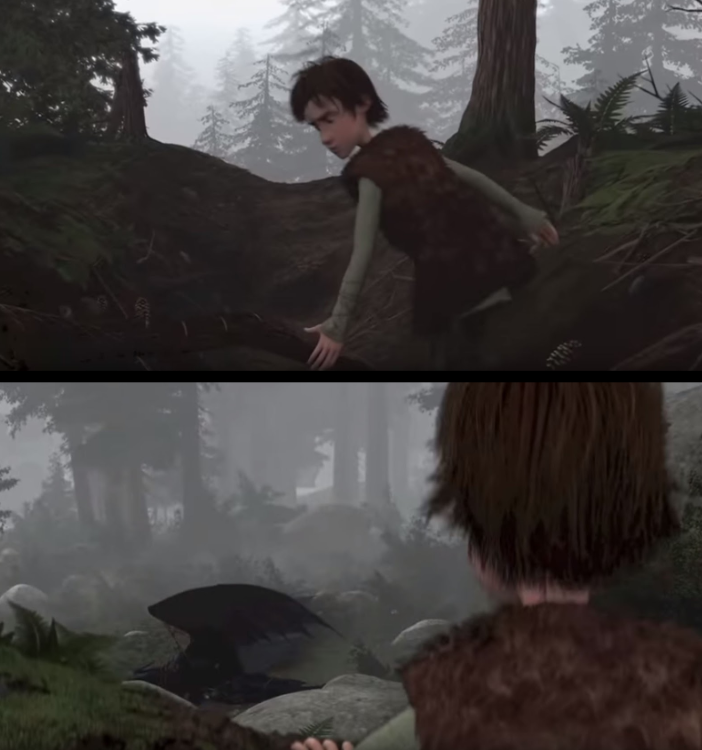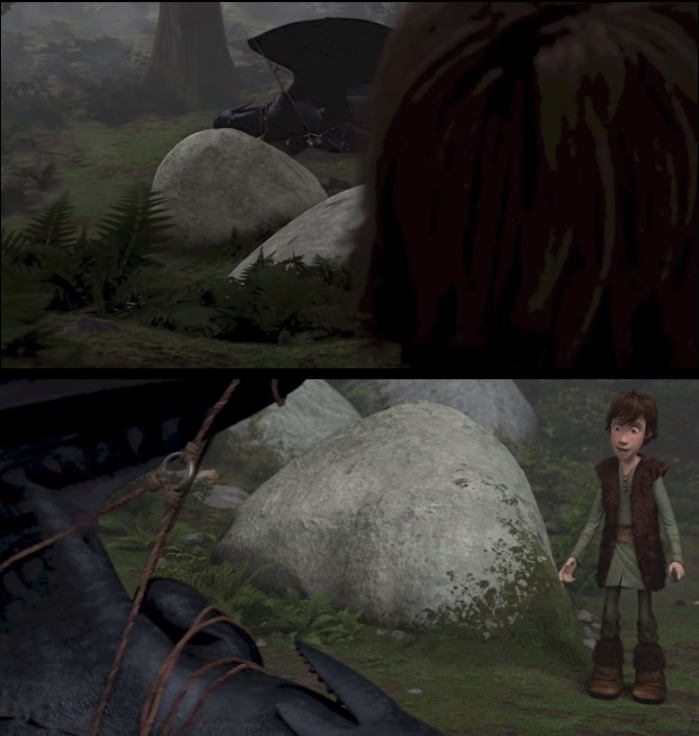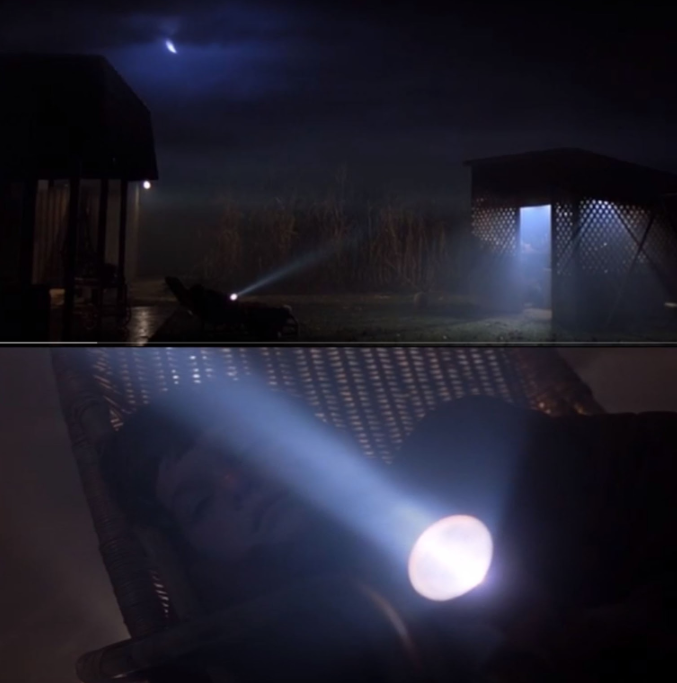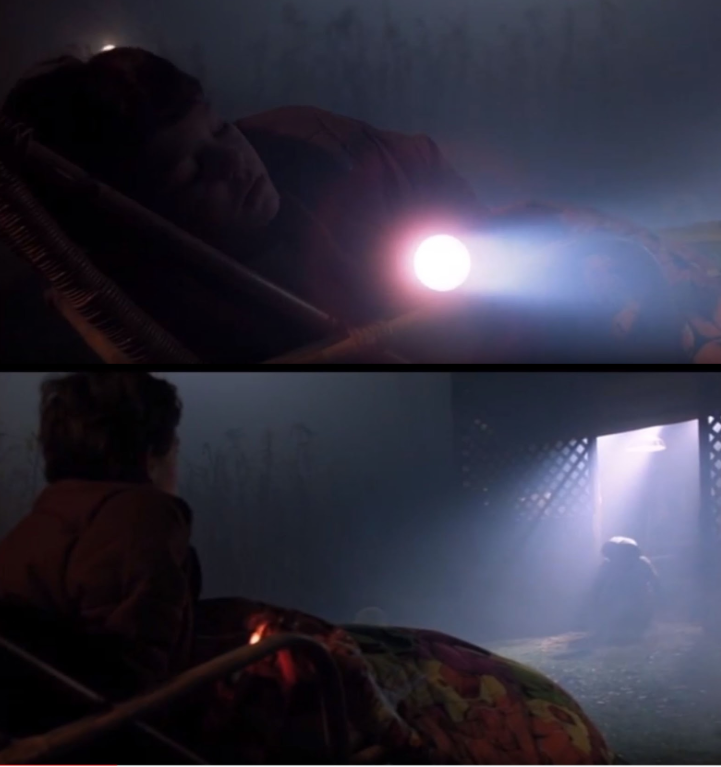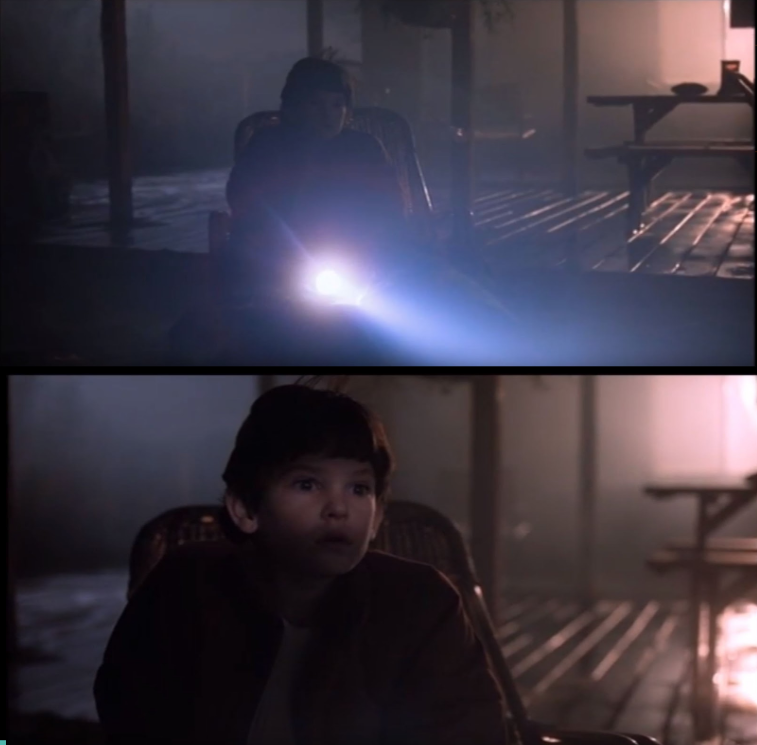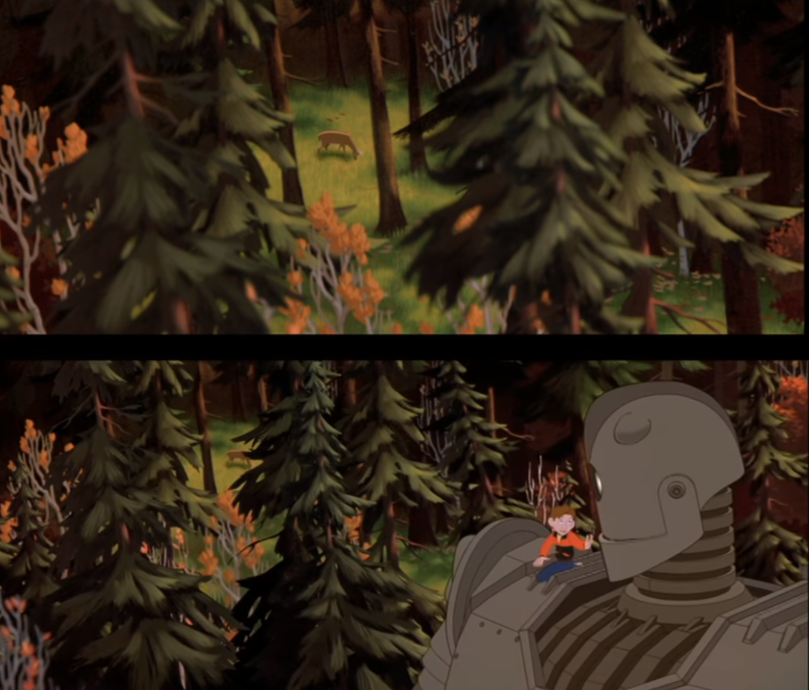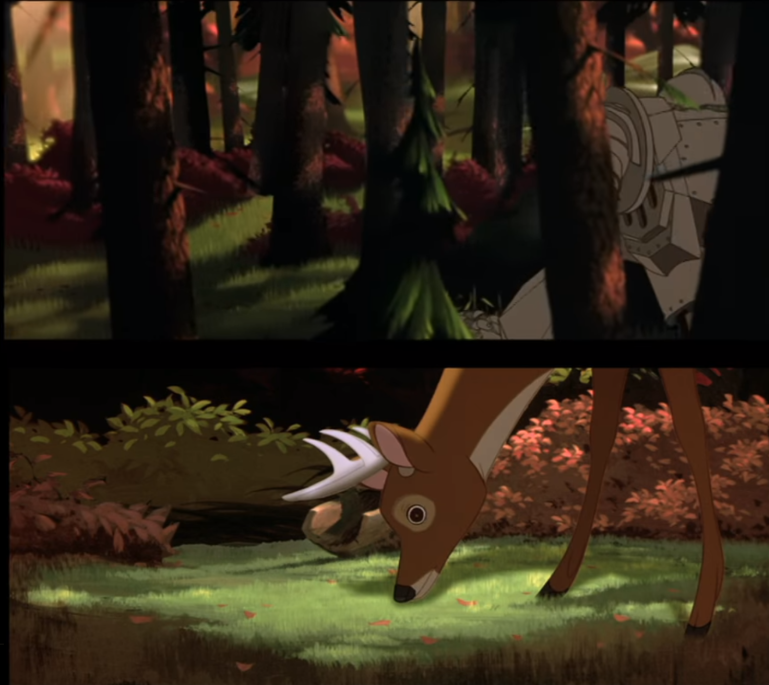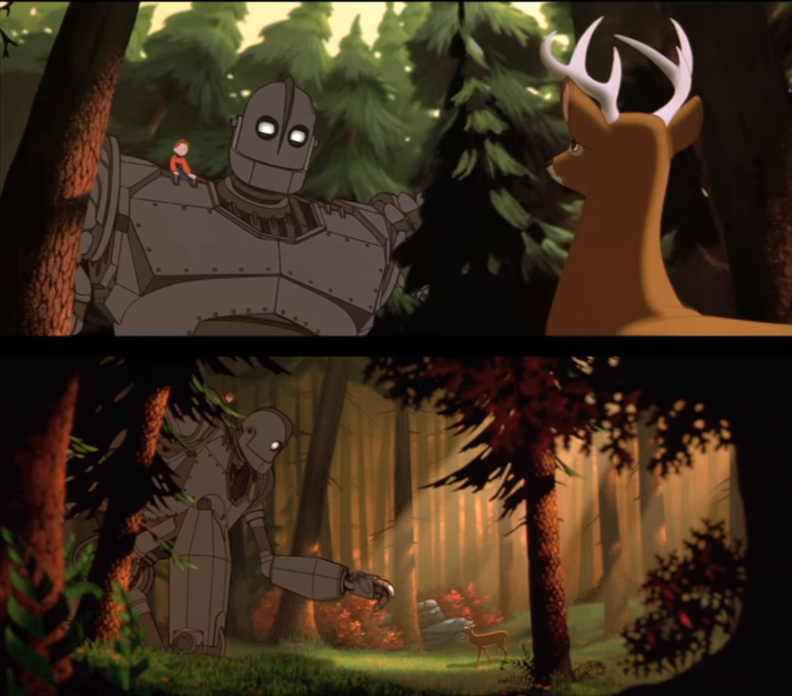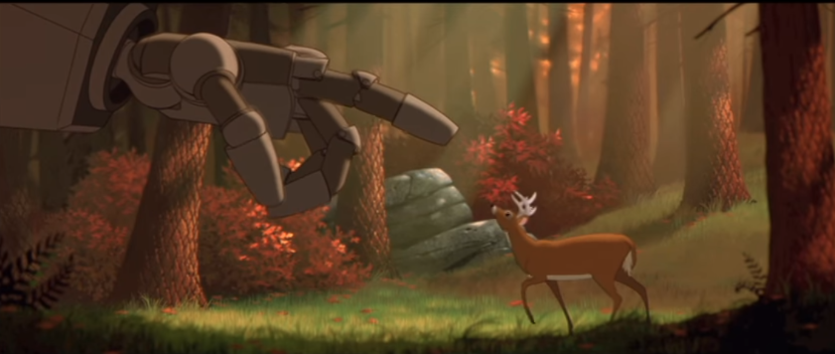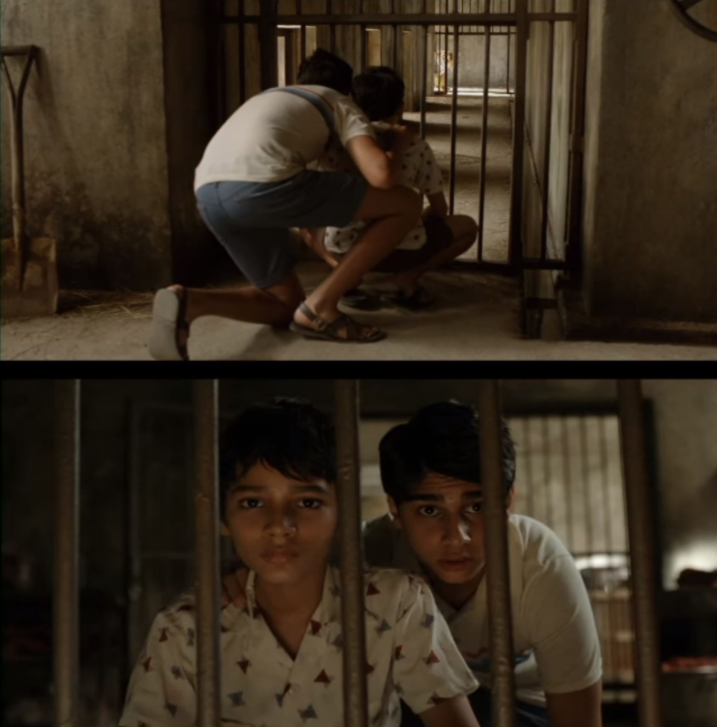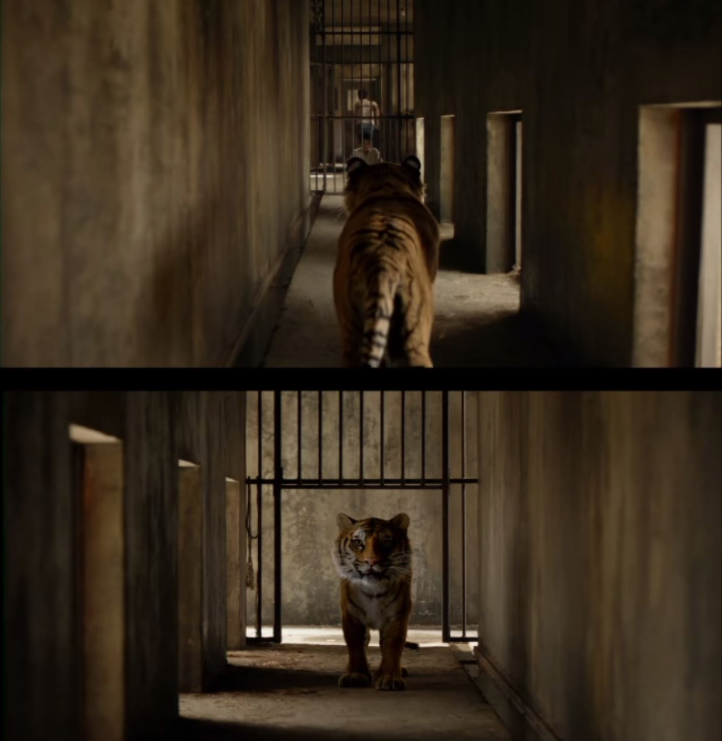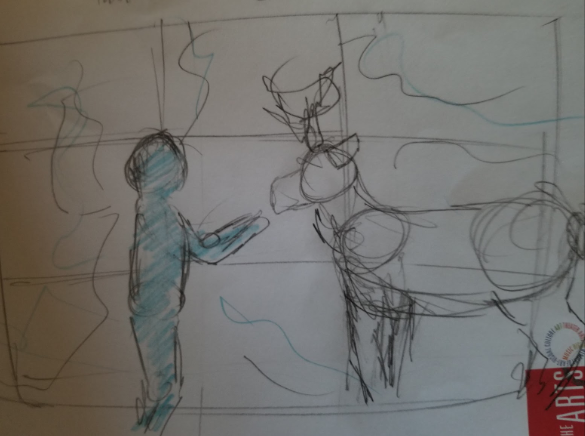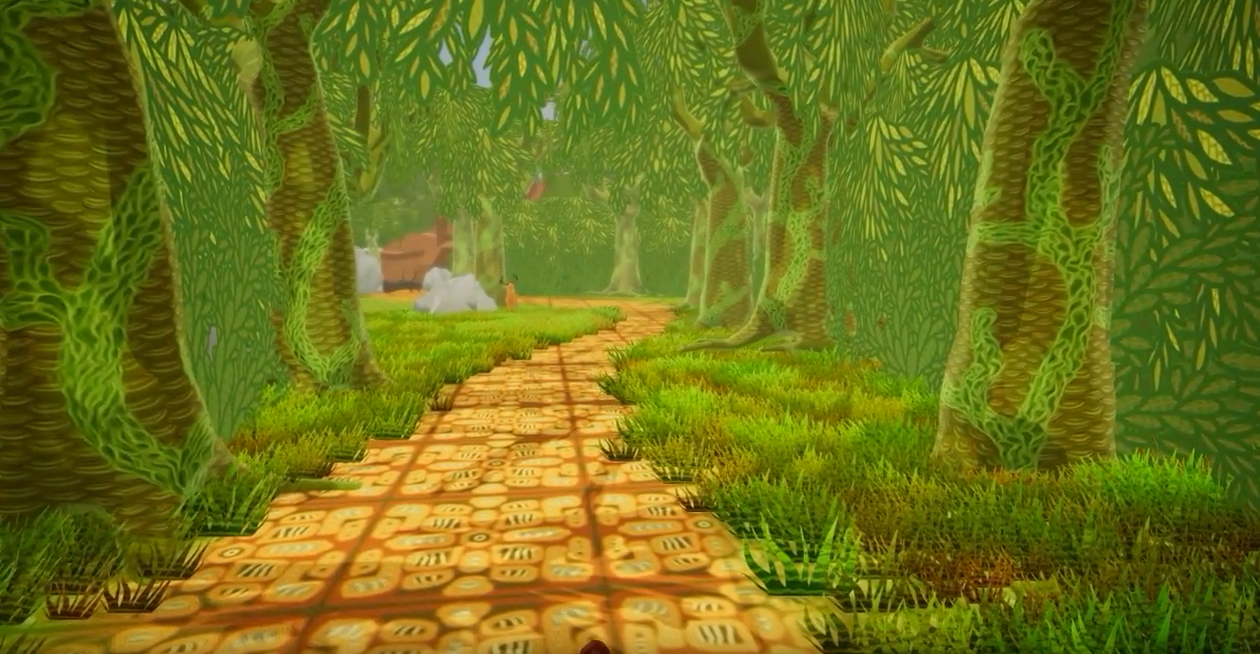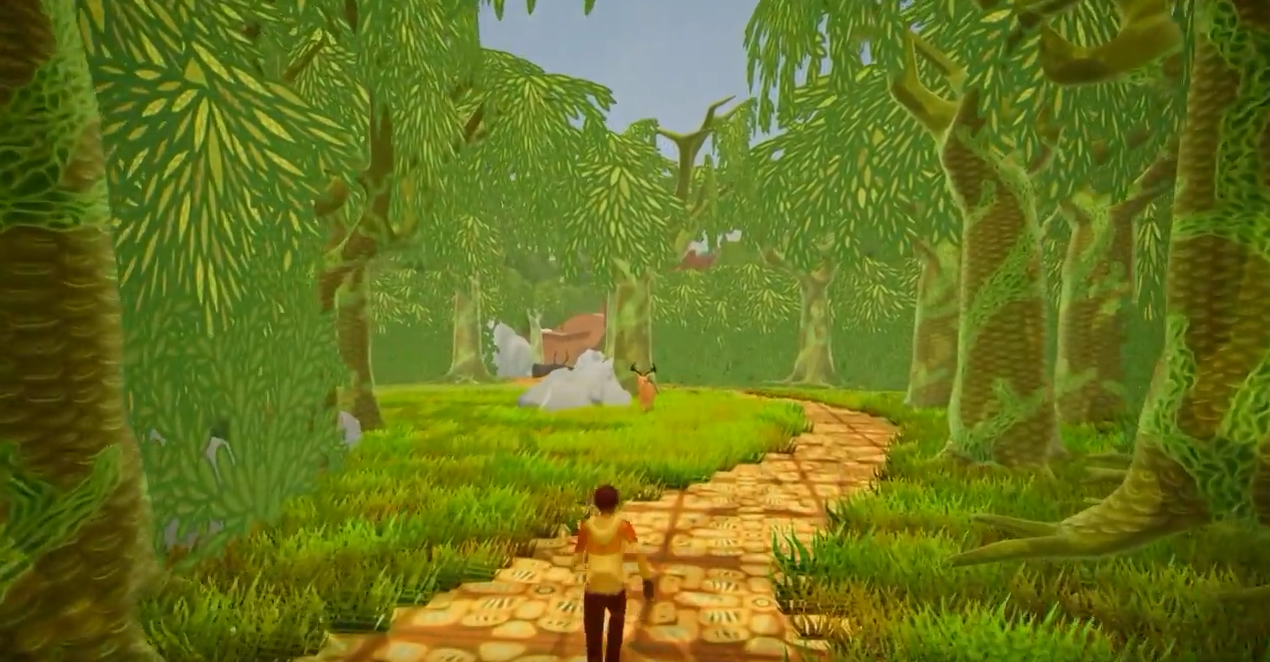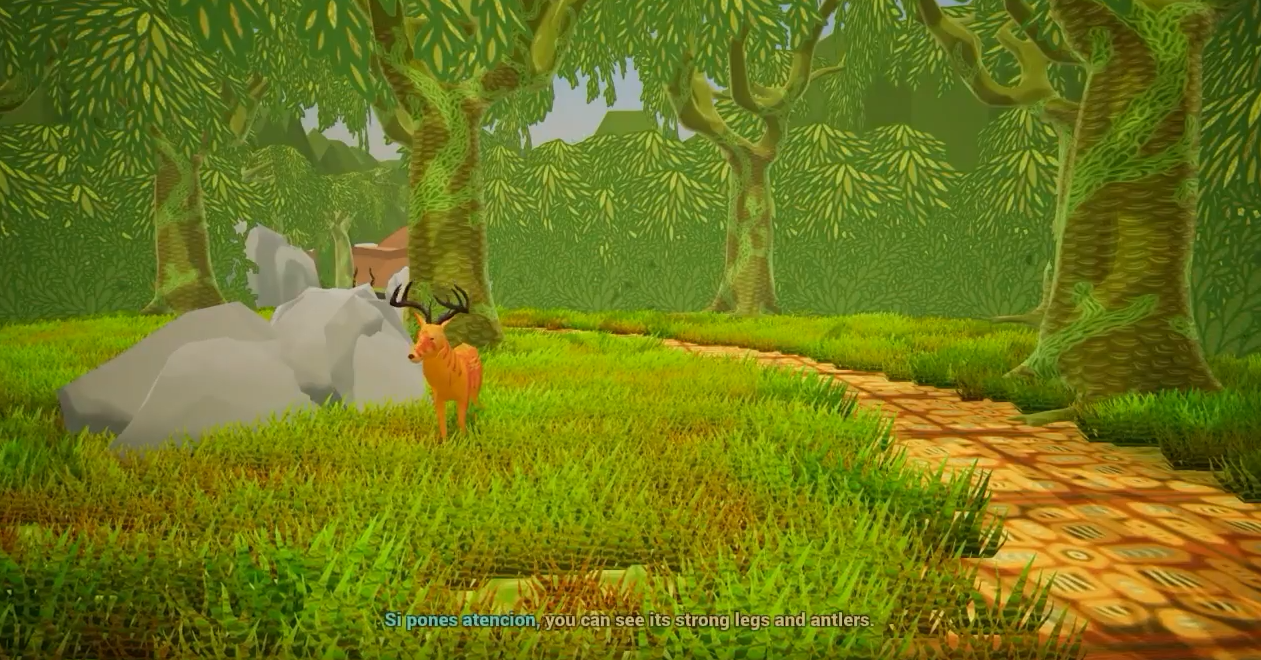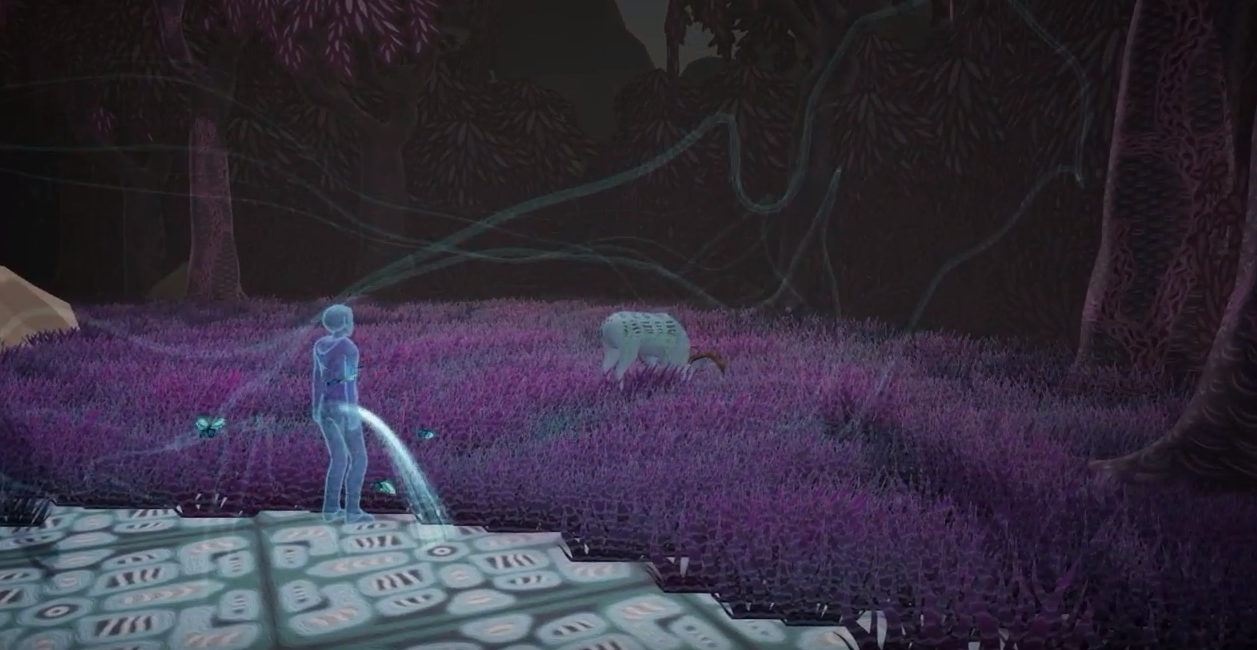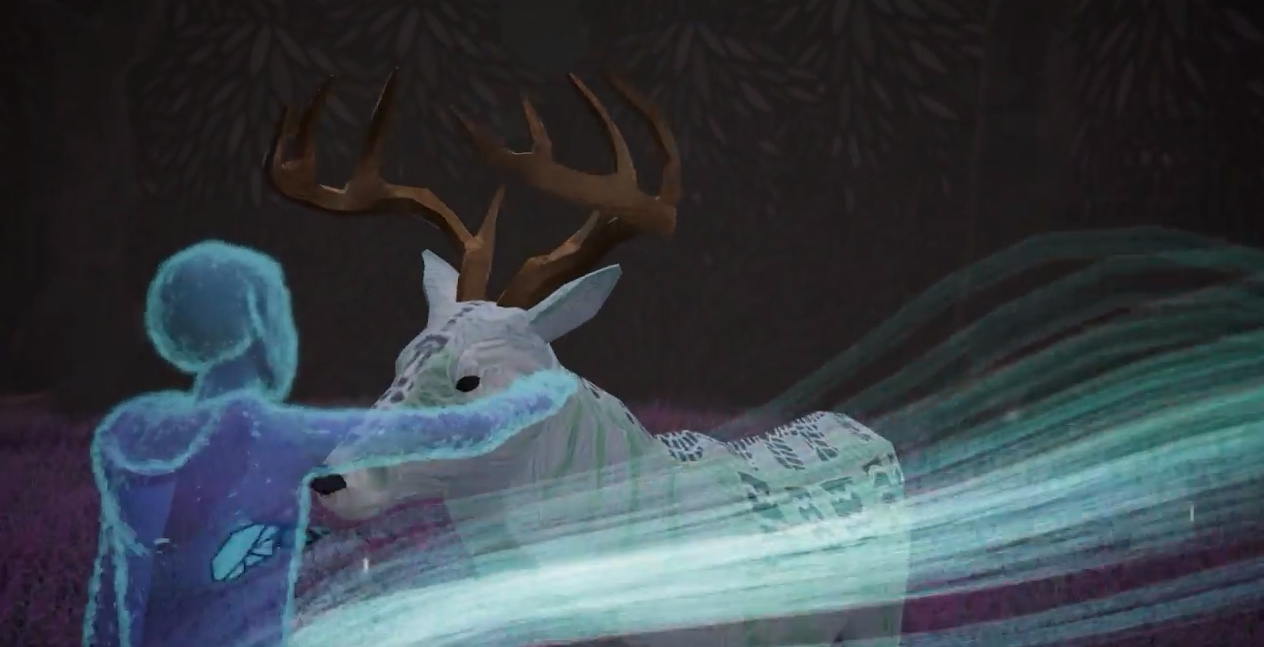Juanito El Nahualito
In-Depth Design
Why This topic?
In games, Mexican culture is often portrayed as aggressive and attacking. I wanted to give another perspective of Mesoamerican Culture.
GENERAL Design Goals
I wanted to make a story-driven game that talks about Mesoamerican culture and values.
Learn about Nahuales and Mesoamerican culture through animated cut-scenes and Gameplay.
Gameplay should reinforce the idea of having a connection between nature and humans.
Coming of age story showing the importance of heritage and culture.
Game should be a mix of story telling through 2D animations and 3D Gameplay.
GENERAL EXPERIENCE Goals
Story: Love towards family, and Fear of losing grandpa.
Game Play: Kindness towards nature(animals), Gaining Trust from animals.
Target Audience
I wanted this to appeal to my niece and nephews. They recently had lost their grandparent and wanted to show one of the many stories my dad used to tell me.
Ages 6 - 12 year old.
Bilingual, English, Spanish - Spanglish.
People curious about Mesoamerican Culture.
Pillars
Do not misrepresent Mesoamerican culture.
Storytelling through oral tradition.
Show the connection between nature and Juanito.
Game Loop
1-5 Seconds: The player explores the area by walking and running.
10-20 Seconds: The player must use game knowledge and stories to figure which way to go.
1-5 Minutes: The player will find obstacles and must figure out that nature surrounding them can help.
10-15 Minutes: The player is faced with a new environment and puzzle to navigate and will remember stories that the game told the player to continue the game.
Mood Board
Stories
Mood Board
Main Character
Mood Board
3D Game Art
ITerative Process
Paper Prototype : I wanted to test the puzzle aspect of the game.
Wanted to see how interesting the players felt about our puzzles and mechanics with a low fidelity prototype.
First Digital : Testing the narrative with the game.
Is the puzzle more engaging once it had a story?
Second Digital: 3D world and testing the puzzle with environmental elements.
Testing Camera, Controller, and Character.
Third Digital: Testing Narrative, Game, Cut-Scenes.
Challenges
Language - Subtitles and Spoken.
The language was one of the main challenges. Some of our professors were against mixing Spanish and English. They recommended giving the option to choose one or the other. We knew this was an option, but we decided against it, since we weren’t trying to localize our game for different cultures/parts of the world. We wanted to showcase the blending of the culture, as we had experienced it ourselves.
We did struggle because our first try was to give both languages at the same time. This was tested for the cut-scenes.
This did not work too well : Too many words, distracting, too busy and not easy to digest.
Spanglish was also not working as well because Spanish speaking people would not understand it.
So I decided to work on a language structure where Bilingual, English speaking only, and Spanish speaking only people would understand a sentence.
I switch up language every other sentence, colored-coded each language, and if you only extracted English or Spanish, it would read regularly. If you spoke both, there was more flavor to the story. The downside to this was that the story became more prolonged and sometimes repetitive of you spoke both languages.
But this structure helped a lot for the in game cut-scenes.
Here is an example:
Connection Between Human and animal - Level Design
In Games, we often see animals as vehicles or something to hunt. Retraining this thinking was a big challenge. Since the second digital iteration, we saw play-testers wanting to ride the deer. The lead programmer and I decided to go for an AI system for the animals to be able to flee and to follow.
This solution allowed players to interact with the deer in a way that built a rapport between them, but didn’t necessarily suggest that the deer belonged to the player. But even after implementing the AI system, players would also still ignore everything else and start chasing after the Deer. This also became frustrating because that was not part of our goals.
After consulting our professors Robin Hunicke, Elizabeth Swensen, and Tad Leckman, we decided to create cutscenes to emphasize the importance of first human-animal encounters.
I had to study how motion pictures had done this before.
I studied these films :
ET ( Not Animal? )
The Iron Giant
Life of PI
How to train your dragon
My Findings:
Reaction Shot
This shot is to see how the main character reacts to the animal.
Establishing shot
Creates a sense of space between characters
Over the shoulder
Usually starts from the main character; This may develop a sense of empathy.
Sketches
In Game
I implemented these shots using Cinemachine in Unity.



